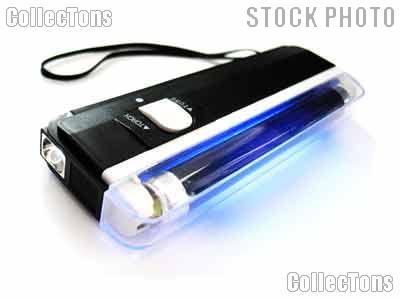

The projector runs on Google's Android software, so along with the easy-to-use interface you can easily download apps like Netflix or Hulu, plus you get the added bonus of built-in Google Assistant. You can also control it using Google Assistant or via a smartphone app or the supplied remote. It's got everything you need, including a speaker built into the base and a built-in app store-just connect it to a Wi-Fi network, and you're good to go. IPX4 water-resistance.Ĭons: Requires three AA batteries, which are not included.When considering mini projectors, portability is one of the prime considerations, and when it comes to that, being the size of a soda can is about as small as you can get (especially as most bags and backpacks have pockets designed for carrying drink-sized items). Pros: Large head with 52 bulbs, so it casts a wider and stronger glow. Plus, the flashlight is rated for IPX4 protection (meaning it can resist splashing water). It’s also vibrant, thanks to the 51 UV led bulbs it has. This allows you to search an area more quickly and efficiently. But the head of the flashlight is large, casting a wider beam. It has a narrow metal grip with a knurled texture, making it easy to hold. If you’re looking for something bright and powerful, consider this flashlight from Vansky. Check out some of the available options for anyone in the market for a UV flashlight. In addition, we picked out small pen flashlights, which are ideal for keeping in your pocket and taking on the go if you need to verify bills, IDs and the like. These include flashlights with wide heads that can accurately scan a larger area. When picking the best UV flashlights and black lights, we sought out tools that will suit a variety of settings. We have included options in both categories on this list. However, 365 nm flashlights can be more expensive.
MINI PORTABLE BLACK LIGHT PROFESSIONAL
For more professional applications, you might opt for 365 nm, which offers greater fluorescence. 395 nm is closer to the visible light spectrum, whereas 365 nm UV is “deeper” into the UV spectrum. UV light falls within the 10 to 400 nm range, but with most blacklight flashlights, you’re looking at just two numbers in that range: 365 nm and 395 nm. UV light begins below 400 nanometers, or nm. You might not expect to need a physics lesson when picking out a UV flashlight, but it is important to have a baseline familiarity with wavelengths. What To Consider Before Buying a UV Flashlights And if that’s all terribly dull, just get one of these for your next party to show off your glowing gin and tonics. Since some coolants have phosphors added (like the aforementioned antifreeze) you can use a black light to potentially detect leaks. Modern IDs are printed with a luminescent image too, so having a UV flashlight is great if you’re a doorman at a bar. That means that a black light can be a handy thing to keep around to quickly authenticate bills. Some banknotes are marked with luminescent strips, including US 20 dollar bills. Of course, the wide number of things that glow under a black light means that the practical applications of a black light go far beyond cleaning and partying. If You’re Looking To Take Your Summer Get-Together To A Whole New Level, You’ll Want To Add These Things To Your Cart ASAP Likewise, you can monitor any stains your pets might leave. You can potentially seek out signs of a rodent infestation using UV light, which will illuminate urine. Scorpions aren’t the only pests you can detect using a black light. But you might not have realized that scorpions glow under a black light, too - this can be helpful if you live somewhere where scorpion infestations might happen. You might associate bioluminescence with animals that live in water, such as jellyfish.

When living organisms emit light, that’s known as bioluminescence.

This helps block out unwanted visible light that can come from the bulb and overpower the luminescence (this filter also has the added benefit of making it look cool). That’s an additional filter that’s added to the bulb of black lights. One fact you may not have known about black lights is that the distinctive blueish purple glow doesn’t actually come from the UV light. And yes, many body fluids can be detected using a black light. Antifreeze, some rocks and minerals, tonic water and even olive oil emit some light under a black light. There are natural and manmade items that are fluorescent, also called phosphors - these glow under a black light because they absorb and reflect the ultraviolet light back at you.


 0 kommentar(er)
0 kommentar(er)
